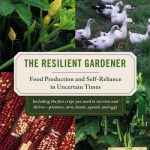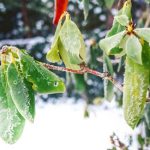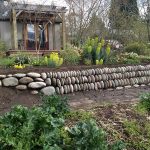Jump Start Your Garden
Garden Starters helps people get out and grow

“Until last August, this was disused horse pasture.” Forest Weaver, Sean Ferrigno and I are standing at one end of a rectangular field. It’s mostly rough grass, but snaking mounds of soil wind over the mid-section, ready for planting. One is already planted with blueberries, and nearby are grape vines and some young fruit trees. Continue reading



